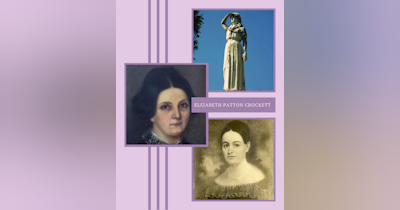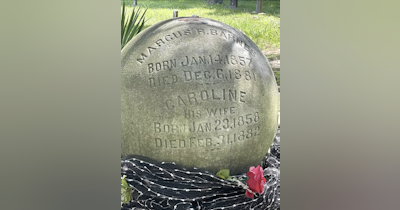"The holly bears a prickle
As sharp as any thorn
And Mary bore sweet Jesus Christ
On Christmas Day in the morn." - The Holly and The Ivy, a traditional Christmas carol
Christmas Day is fast approaching and the vibrant hues of holly, ivy, and evergreen have become synonymous with Christmas festivities. Beyond mere decorations, these plants carry a rich tapestry of symbolism and tradition, often extending to unexpected places like cemeteries and graves.
With its glossy green leaves and iconic red berries, holly has long been a staple in Christmas decor. Interestingly, before the Victorian era, the term 'Christmas tree' referred to holly, emphasizing its historical importance. However, cutting down a whole holly tree is considered bad luck—a cautionary note for those tempted to substitute it for the fir trees we typically use today. Delving into ancient practices, holly, along with ivy and other greenery, played a role in pagen winter solstice celebrations. These plants were believed to ward off evil spirits and symbolize the anticipation of new growth. In pagan times, holly was seen as the male plant, while ivy represented the female.
Ivy's perennial greenery symbolizes fidelity and immortality, and for Christians, eternal life in Christ.
Since medieval times, holly has taken on Christian symbolism. The classic Christmas carol "The Holly and the Ivy" beautifully encapsulates this, with holly symbolizing Jesus and ivy representing the Virgin Mary.
The origins of this popular carol date back to at least the early 18th century, with an old English folk song as its melody. The lyrics intricately interpret holly's physical traits—blossom, berry, thorns, and bark—as parallel symbols of Mary and Christ. The phrase "merry organ" in the refrain even finds its roots in Chaucer's Canterbury Tales.
Alongside holly and ivy, the evergreen fir tree has a timeless role in celebrating winter festivals, both pagan and Christian. Traditionally, evergreen fir trees have graced winter celebrations for thousands of years. Pagans, with an eye toward the impending spring, adorned their homes with branches during the winter solstice. Romans, welcoming the New Year, found joy in decorating their homes with fir trees. For Christians, evergreens symbolized everlasting life with God, seamlessly blending nature's resilience with spiritual significance.
About 1,000 years ago in Northern Europe, fir trees took on a new role as Christmas trees. People not only adorned their homes with branches but also planted evergreens in boxes inside their houses during wintertime. The imaginative practice of hanging early Christmas trees upside down from ceilings using chains added a touch of whimsy to the season. In many parts of Northern Europe, early Christmas trees weren't limited to fir trees. Cherry or hawthorn plants, or branches thereof, found their way into pots inside homes, carefully tended to bloom during the festive season.
"O Christmas Tree, O Christmas tree,
How lovely are your branches!
Not only green in summer’s heat,
But also winter’s snow and sleet.
O Christmas tree, O Christmas tree,
How lovely are your branches!" O Christmas Tree or O Tannenbaum, A German Christmas carol
















